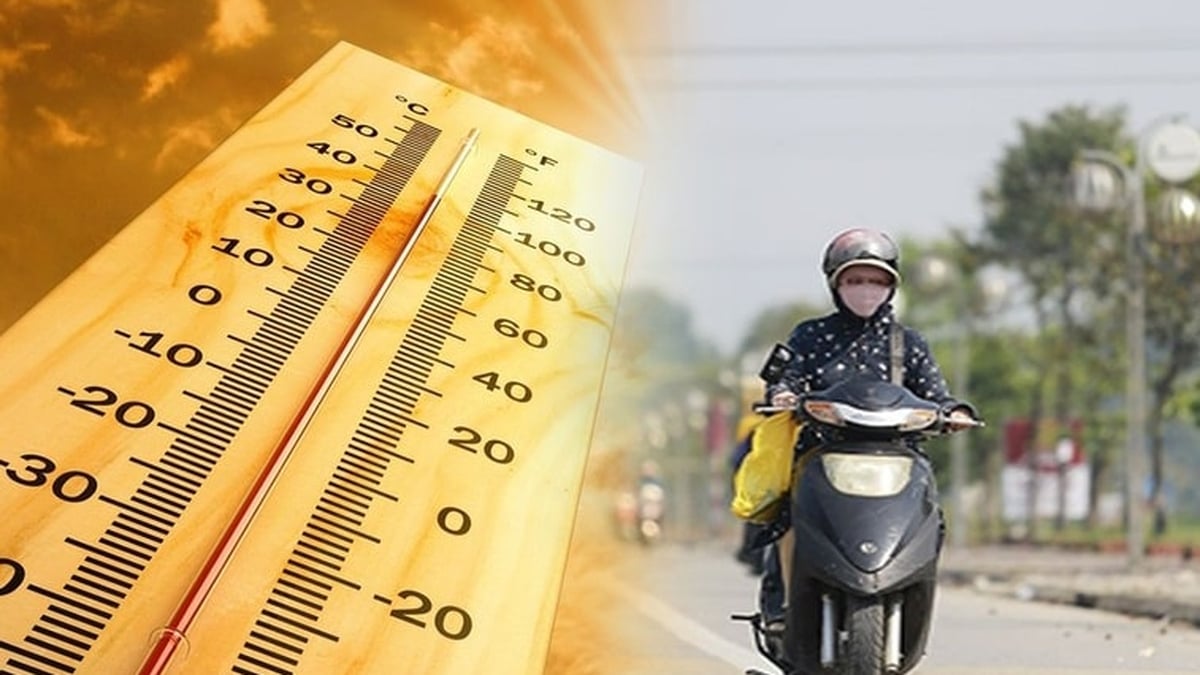Further studies are needed
According to the Institute of Geophysics, since mid-2021, hundreds of earthquakes have occurred in Kon Plong district and neighboring districts of Kon Tum province, many of which caused widespread tremors, the largest of which was the earthquake that occurred on the afternoon of August 23, 2022, with a magnitude of 4.7 on the Richter scale.
Since the Lunar New Year of Quy Mao 2023, there have been 14 earthquakes with a magnitude of over 2.5 in Kon Plong district. In particular, on February 9, there were 5 consecutive earthquakes in this area. Based on the above situation and initial causes, the Institute of Geophysics recommends establishing local earthquake observation stations in Kon Plong district and neighboring areas to serve the timely reporting of earthquakes.
In particular, the devastation and heavy loss of life and property caused by the 7.8-magnitude earthquake that occurred in Türkiye and Syria on February 6 has required countries, including Vietnam, to conduct further research and regularly assess earthquake hazards in order to have a basis for appropriate response.
Sharing about this issue, Dr. Nguyen Xuan Anh, Director of the Institute of Geophysics (Vietnam Academy of Science and Technology) said: Earthquakes are classified by magnitude from 5-6 as medium earthquakes, from 6-7 as strong earthquakes, from 7-8 as large earthquakes and from 8-9 as destructive earthquakes.
From the above classification, we can roughly understand the level of damage that an earthquake can cause. As for the earthquake or earthquake level, measured by the international earthquake scale MSK-64, it is the vibration that an earthquake causes on the ground, affecting everything on the surface. The closer to the epicenter, the stronger the vibration.
According to Dr. Nguyen Xuan Anh, in the history of Vietnam, from 114 to 2003, Vietnam recorded 1,645 strong earthquakes with magnitudes of 3 or higher. These were the earthquake that caused a magnitude of 8 in 114 in the north of Dong Hoi, earthquakes of magnitude 7 and 8 in Hanoi in 1277, 1278, 1285; earthquake of magnitude 8 in the Yen Dinh - Vinh Loc - Nho Quan area in 1635; earthquake of magnitude 8 in 1821 in Nghe An, earthquake of magnitude 7 in Phan Thiet in 1882, 1887...
In the 20th century, Vietnam recorded two very large earthquakes: the Dien Bien earthquake (1935) with a magnitude of 6.75 occurred on the Ma River fault zone. The second largest earthquake was the Tuan Giao earthquake (1983), with a magnitude of 6.8, occurred on the Son La fault zone.
In addition, in the South Central Coast, in 1923, there was also an earthquake with a magnitude of 6.1 (in the sea area of Vung Tau, Phan Thiet). This earthquake was accompanied by the Hon Choi volcanic eruption, on the fault zone of longitude 109-110.
Dr. Nguyen Xuan Anh also said that in the past 20 years, we have seen many earthquakes occurring on fault zones in the Northwest region, Cao Bang, Nghe An, Thanh Hoa provinces... the largest of which was 5.4. Notably, there were many stimulated earthquakes occurring in Bac Tra My (Quang Nam), Kon Plong (Kon Tum), Son La, Lai Chau, Thua Thien Hue with magnitudes not exceeding 5... Some earthquakes from afar (Yunnan, China, Laos...) caused shaking in some high-rise buildings in urban areas of Vietnam. These earthquakes did not cause major damage, most of the earthquakes were at an average level and below average. Notably, in the Quan Son area (Thanh Hoa), earthquakes caused cracks in houses, in Trung Khanh, Cao Bang caused rocks to roll down from the mountains, making people worried.
Assessing the severe damage from the recent earthquake in Türkiye and Syria, Dr. Nguyen Xuan Anh said: The earthquake on February 6 in Türkiye and Syria was a large earthquake with M=7.8, close to the destructive level, with many strong aftershocks occurring afterwards.
As of February 17, the earthquake has killed more than 44,000 people, most of them related to collapsed buildings, possibly related to the quality of the construction that was not built to the required earthquake resistance level.
According to Dr. Nguyen Xuan Anh, there are many factors that determine the extent of damage caused by an earthquake. Specifically, in terms of magnitude, the larger the earthquake, the greater the energy and the wider the impact; shallow epicenters and close proximity to urban areas with high population density are more likely to cause strong vibrations; weak ground in the affected area also contributes to increased damage.
In addition, the quality of earthquake-resistant construction directly affects the extent of damage. In addition, other factors such as the time of the earthquake in the early morning can also increase the damage because many people are indoors, equipment, rescue resources after the earthquake occurs, drills, and people's skills in earthquake prevention all affect the extent of damage.
Maintaining the national network of earthquake observation stations
From the earthquake disaster that occurred in Türkiye and Syria and proposed preventive experiences to reduce damage, Dr. Nguyen Xuan Anh said: Earthquakes cannot be avoided but we can reduce damage if a big earthquake occurs.
The Director of the Institute of Geophysics recommends that, first of all, it is necessary to maintain a national network of earthquake observation stations to have the most detailed data on earthquake activities possible. Next, there should be a periodic program every few years to update on earthquake hazards and assess earthquake risks on a national scale, with more details for urban areas, densely populated areas, and key projects that are likely to be affected by earthquakes.
Dr. Nguyen Xuan Anh also said that this update will provide input data for management agencies to issue appropriate seismic resistance regulations and standards for construction works, using the above information in planning for socio-economic development, security, national defense, etc. Recent earthquake response work shows that in addition to assessing the risk of natural earthquakes, it is necessary to assess the risk of induced earthquakes that may occur when constructing hydroelectric and irrigation works, etc.
“Survival knowledge during an earthquake seems very simple but is very useful and can sometimes save lives, such as hiding under a table or sturdy object for shelter, staying away from tall buildings when outdoors, etc. Therefore, every year, people need to be educated and instructed about the effects of earthquakes on their homes, how to prevent and respond when an earthquake occurs,” said Dr. Nguyen Xuan Anh./.
Source link




















































![[Maritime News] More than 80% of global container shipping capacity is in the hands of MSC and major shipping alliances](https://vphoto.vietnam.vn/thumb/402x226/vietnam/resource/IMAGE/2025/7/16/6b4d586c984b4cbf8c5680352b9eaeb0)













































Comment (0)